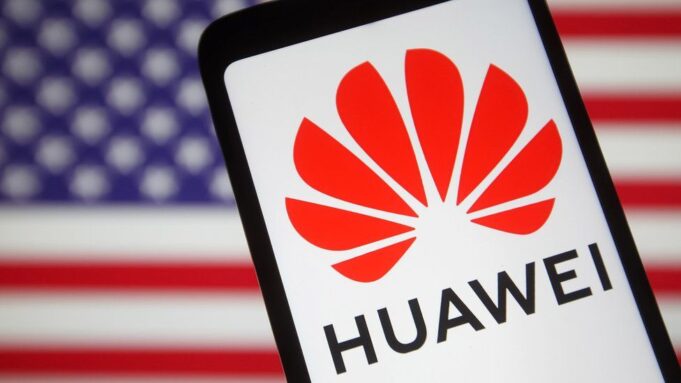Tech giant, Huawei, has called for global partners to join its TECH4ALL digital inclusion initiative, which aims to build a more inclusive and intelligent world that leaves no one behind.
Speaking at the Huawei TECH4ALL Summit, the company said the initiative focuses on four areas: driving equity and quality in education, conserving nature with technology, driving inclusion and accessibility in health, and using ICT to boost rural development. It focuses on digital technologies, application enablement, and digital skills, and works with global partners to promote and expand digital inclusion to help achieve the UN Sustainable Development Goals (SDGs).
“If you want to walk fast, walk alone. If you want to walk far, walk together. We believe that more partners will work with us to advance the TECH4ALL action plan in the future. Join us for a more inclusive, intelligent world where no one is left behind.” Huawei’s Director, President of the Quality, Business Process & IT Mgmt Department, Tao Jingwen said in his opening remarks at the event,,
Inclusion and equity were major talking points in the education track of the summit and in her opening remarks, Stefania Giannini, Assistant Director-General for Education at UNESCO, discussed technology-enabled Open Schools, a three-year partnership program with Huawei that is rolling out in Ethiopia, Egypt, and Ghana.
“UNESCO and Huawei jointly launched this project in July 2020,” said Stefania Giannini. “The project explores future schooling models, thereby contributing to UNESCO’s global initiative on the future of education.”
At present, more than 60,000 teachers and students benefit from TECH4ALL projects in over 200 schools worldwide. Digital technologies have been deployed to improve resource management and biodiversity conservation efficiency in 22 natural reserves around the world. Huawei smartphones provide 15 accessibility features and are used by about 10 million users each month. Huawei’s RuralStar solution provides mobile Internet services for more than 60 countries and regions, covering more than 50 million people in remote areas.
To build a more crisis-resilient Open School system, all countries have to consider the three pillars of new infrastructure for a learning system: technology, digital content, and the digital competencies of teachers and human facilitators. UNESCO’s Dr. Fengchun Miao, Chief of Unit for Technology and Artificial Intelligence in Education, looked at how to leverage the power of technology in the education field.
Vodafone Foundation discussed its Instant Network Schools program, which aims to bring high-quality education to refugees and host communities, with plans to connect 500,000 refugee students and their communities by 2025. Huawei is one of the partners for expanding connectivity to more schools in Africa.
“We believe that every boy and girl should have access to quality education, no matter where they are and whatever their nationality,” Vodafone Instant Network Schools Program Manager Oisín Walton said.
Also during the event, “Close the Gap” DigiTruck Program Lead, Bram Over, gave an update on the DigiTruck program. DigiTrucks are green, solar-powered mobile classrooms converted from shipping containers. They are equipped with recycled ICT devices and provide training for young people in digital skills. Huawei has supported this program in Kenya and France. Later this year, Huawei and Close the Gap will implement the project in Ethiopia.
- Shettima lauds Kaduna gov, says SAPZ’ll transform Nigeria’s agricultural landscape - April 9, 2025
- Omololu Olunloyo, ex-Oyo Governor, is dead - April 6, 2025
- Tinubu, Otuaro and sustenance of Niger Delta’s peace, security - April 5, 2025








